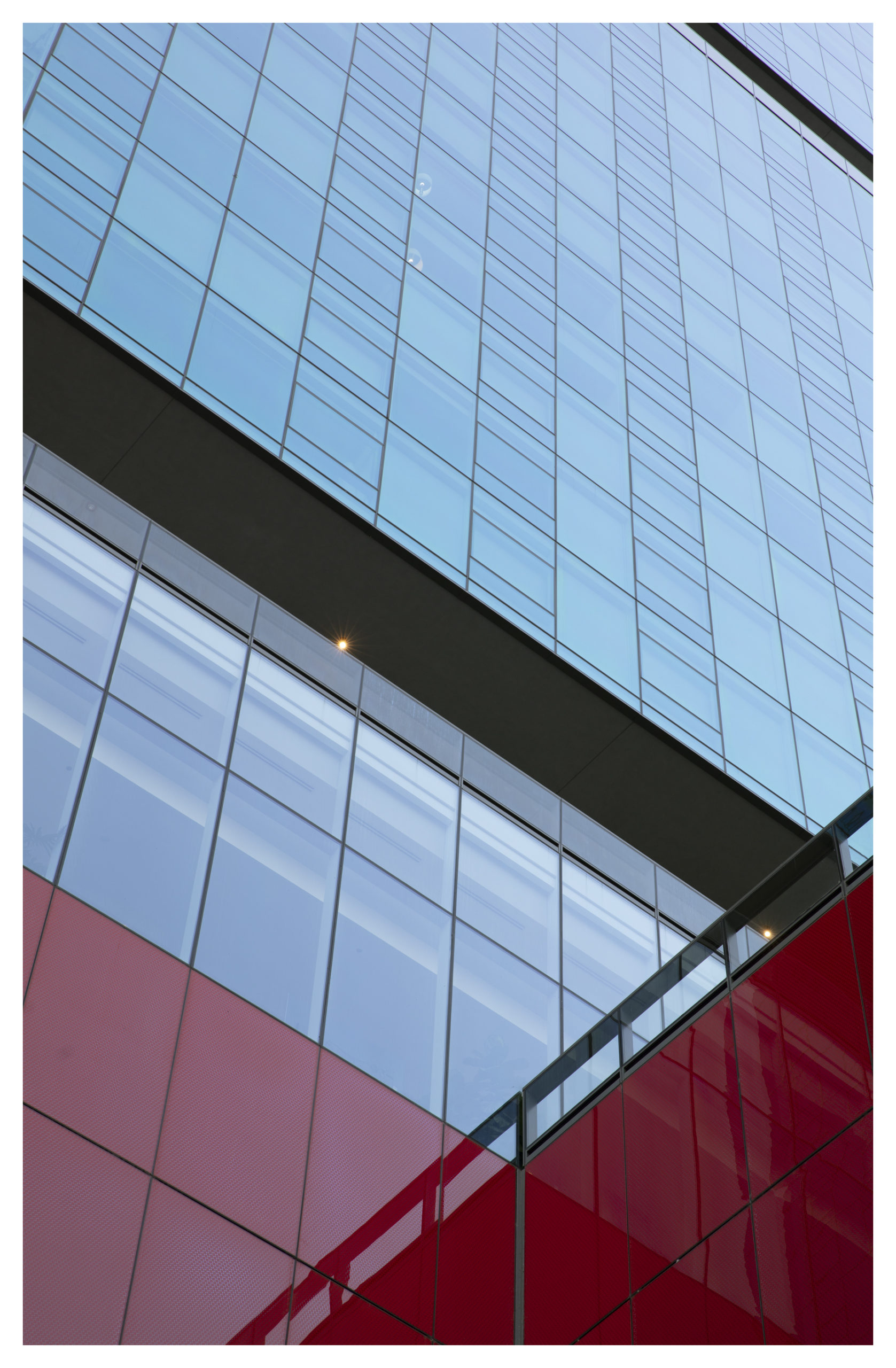Since 1996, the first Monday of October has been reserved for celebrating the practice and artistry of architecture. First established at the International Union of Architects Congress held in Barcelona, Spain, World Architecture Day marks a time to reflect on the potential of architecture; how it affects people, cities and societies.
As part of our commitment to lasting impact, we don’t take this responsibility lightly. We truly believe architecture has the potential to change lives and we’re constantly inspired by the past, present and future of the industry. This year, the International Union of Architects (UIA) — representing the world’s 3.2 million architects — dubbed the theme of World Architecture Day 2020 as “Toward a better urban future.” Panelists on a global webinar will discuss challenges facing today’s cities such as housing, air quality and public spaces. Through coming together to solve these problems, we can enhance the human experience across the world.

Although we take this day for reflection and contribution to the architecture world, we also love getting our team involved in celebrating. Last year, some of our Chicago office competed in the marshmallow challenge to put their architecture skills to the ultimate test. From architects to accountants to property managers, our staff raced to see who could build the tallest tower out of spaghetti and marshmallows. Luckily, the architects proved their expertise, coming in at first place — but accountants followed closely in second place! This year, we’ll be celebrating individually while working from home.
From all of us to our fellow architects, Happy World Architecture Day!




